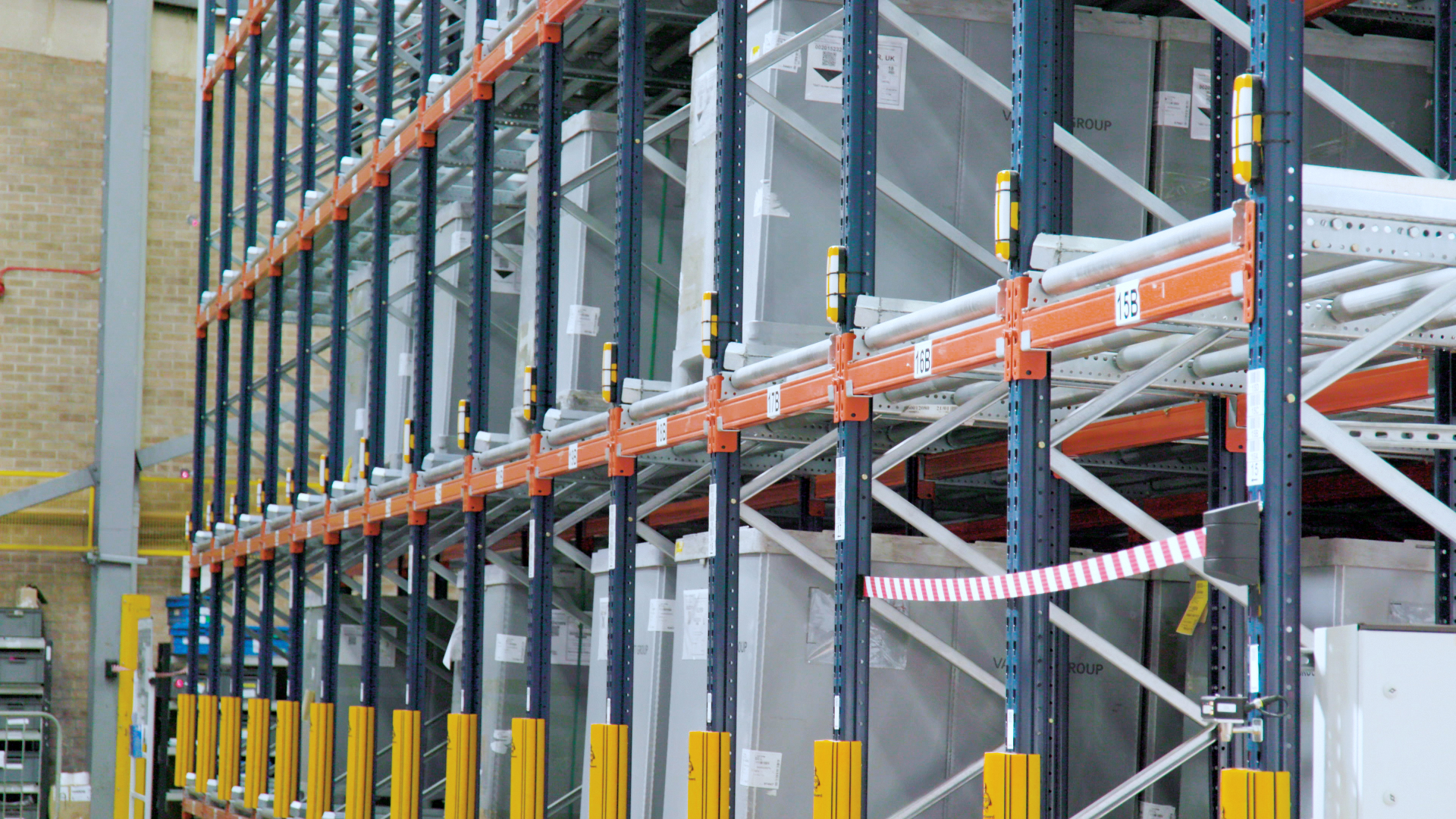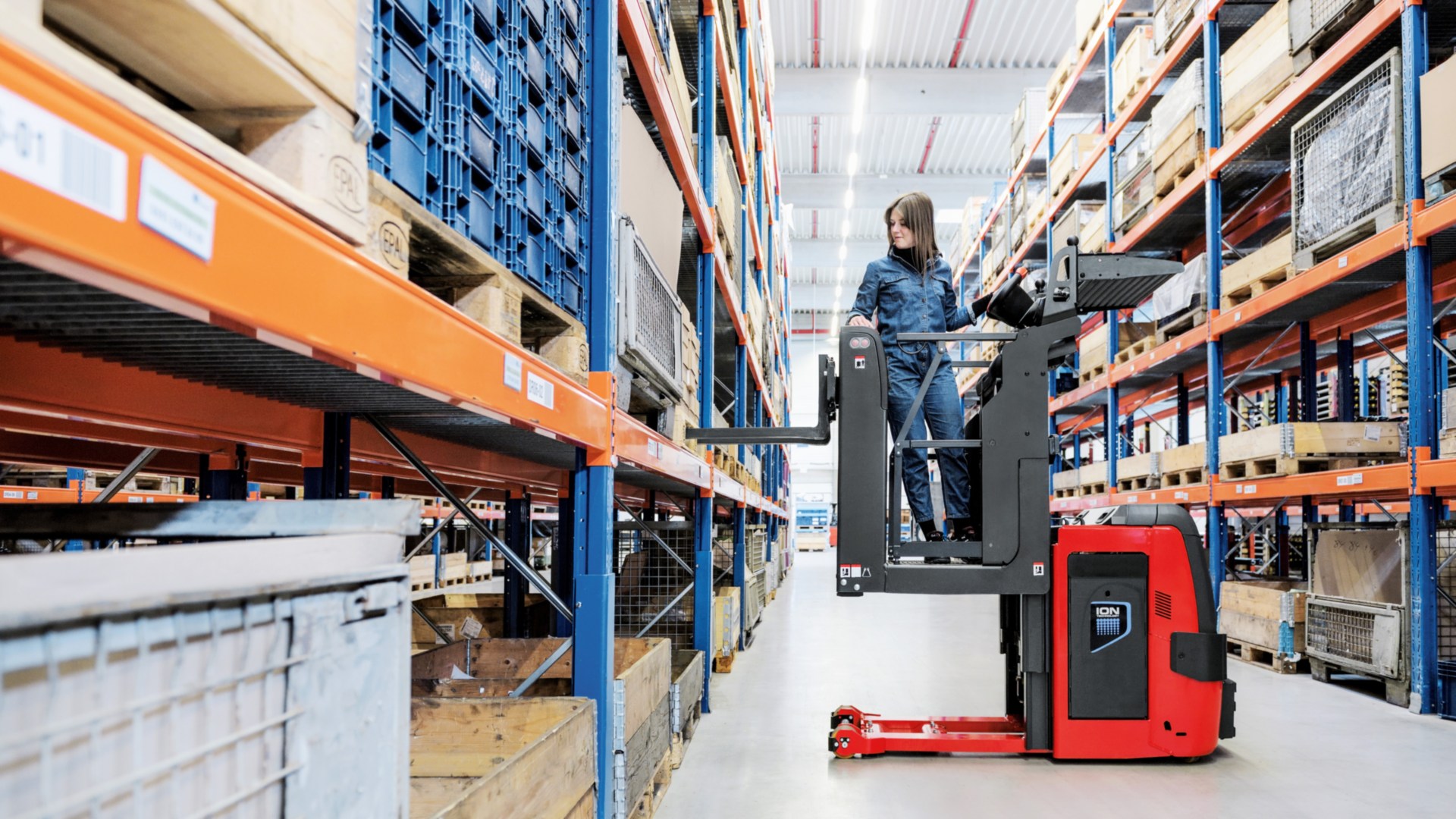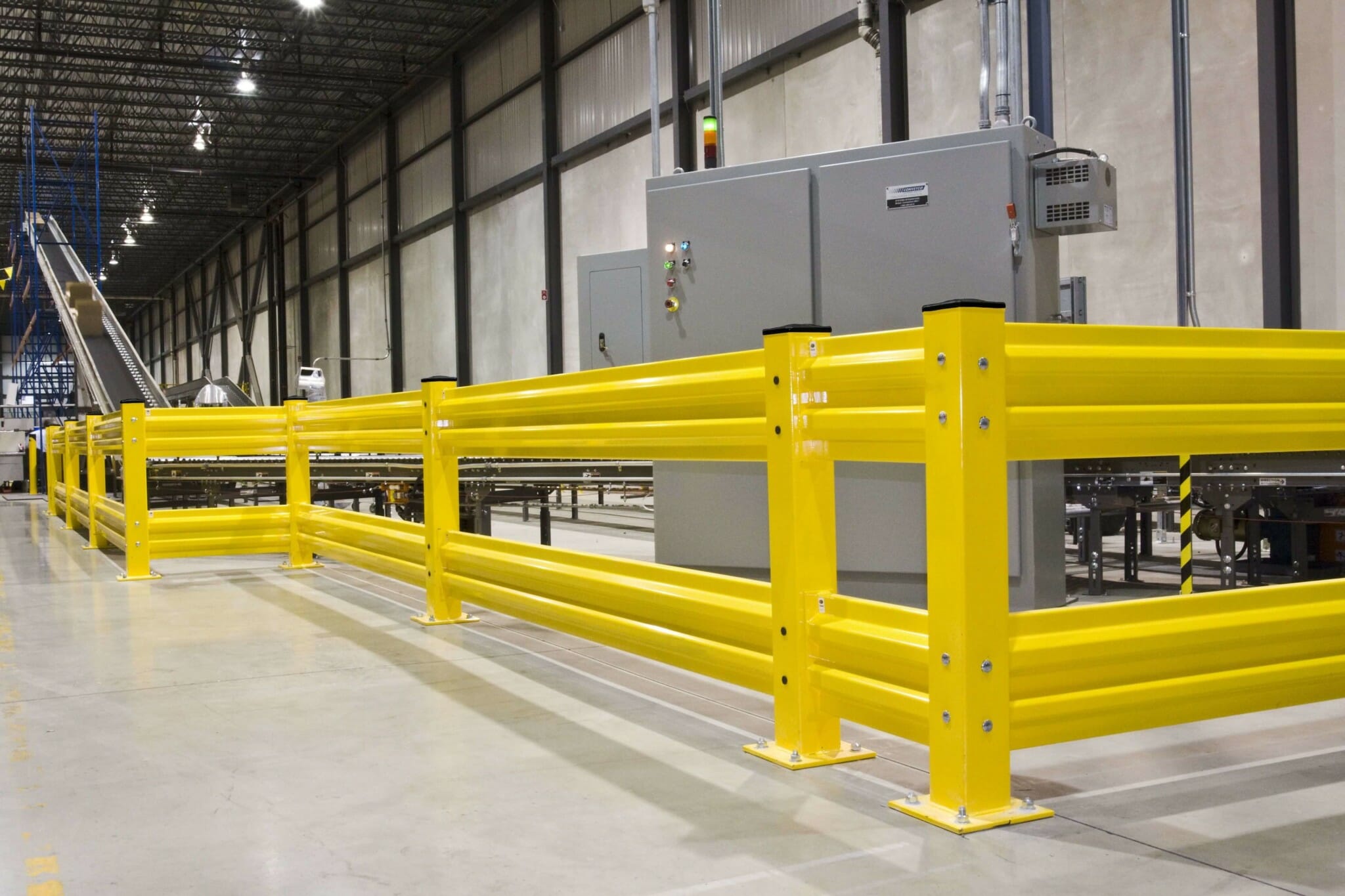With more than 7,000 operational warehouses employing more
than 145,000 employees, safety must always be a priority. The storage industry
has one of the highest mortality rates annually. These statistics can be
significantly reduced by following some simple warehouse safety tips that can
help save lives, reduce workers' compensation claims, and provide safer working
conditions.
Here are five important safety categories and tips that warehouse managers should always keep in mind:
Clean and Organize
- Make sure warehouse floors are free of all potential "slip and trip" hazards. Ask employees to perform a periodic safety check, making sure floors are free of fluids, stray cables, tools, or anything else that could potentially cause a hazard. Also, make sure there are no holes or cracks in the floor.
- Have a cleaning system in place?
- If something has been spilled on the floor, wipe it up immediately.
- Use non-slip mats, paint, and tape on the floor of the work area.
- Cover hoses and power cables that run through hallways with durable covers to prevent tripping.
- Plan workflows so products, equipment, and trash don't cause clogging.
- Place brightly colored warning signs and tape along the edges of the loading dock to prevent personnel from accidentally stepping off the edge.
- Inspect the planned route of the forklift, pallet trucks, and other moving equipment for obstacles or potential hazards.
Training
Most warehouses include a security orientation during the on-boarding process. However, a number of these rules tend to lose their importance on the ground over time.
Make sure all staff are informed and up-to-date on warehouse security procedures. Implement an ongoing training program on employee job-related safety procedures that also cross-train them to understand the different safety procedures involved in other positions and what to do in the event of an emergency. Provide clear written instructions in languages aside from English if your employee demographic is diverse.
Accidents often happen when cutting corners to save time. Inform your staff of the consequences that may arise from this.
- Provide all new employees with a comprehensive training course in safety procedures and require continuing education programs during their time in the warehouse to ensure OSHA compliance.
- Only the authorized and certified employees should be the one to operate heavy equipment and handles the materials that are hazardous.
- Provide each employee with the correct size personal protective equipment (PPE) so they can do their jobs safely.
Equipment maintenance
Establish a maintenance plan and replace faulty or damaged equipment. Machine parts, pallets, containers, and racking systems age and wear out with repetitive use, and must be inspected frequently for potential safety hazards.
- Document your maintenance program for all equipment
- Make sure machines and machine guards are working properly.
- Report any defects or damage immediately.
- Inspect pallets and racking systems regularly.
- Load pallets correctly to ensure stability. If you have drums of hazardous material, use spill containment pallets.
- For shelving and mezzanine systems, use anti-collapse nets or meshes to prevent falling objects.
- Store flammable materials in safety cabinets.
Install barriers and gates
Safety gates and barriers are essential to reduce fall hazards and prevent contact with dangerous equipment. They are used to separate pedestrians from forklift traffic and create a designated route within the warehouse. Get the barriers in "safety yellow" so they are highly visible and use self-closing gates to ensure areas are closed. Contact Verge Safety Barriers, if you want more assistance on what type of safety barriers you might need in your warehouse.
Proper lifting techniques
In most warehouse, one of the leading causes of injury is lifting items.
When a load must be transported and cannot be completed with forklifts or automatic spring levers, a worker must step in and perform physical work.
Emphasize proper lifting form and techniques to avoid ergonomic injury when stacking, lifting, and storing materials. When workers use proper lifting techniques, they are less likely to suffer back sprains, spinal injuries, wrist injuries, and other injuries caused by lifting heavy objects.
- Use equipment when possible.
- Posting safety signs throughout the warehouse that shows proper lifting techniques.
- Wear a back brace if needed.
Incorporate a worker training program emphasizing the basics:
- Know your limits
- Squat down and bend your knees
- Keep your back straight
- Lift with your legs
- Avoid twisting or twisting
- Make sure you have visibility over the load.
- Check the route to make sure there are no obstacles
- Make sure there is enough room for loading at the destination.
Enforcing safety awareness and practices prevents accidents
and injuries from occurring, keeps your warehouse OSHA compliant, and saves on
insurance costs. When safety procedures are followed, a warehouse is an
efficient and productive work environment.



Comments
Post a Comment